There’s a little balancing act I have to do when hauling my boat up on its trailer. After I draw the boat in by its painter, I tiptoe down the trailer tongue pulling the winch cable out as I go, clip the cable’s snaphook into the bow eye, and walk the tongue back to the car. I haven’t fallen off yet but my number’s bound to come up. As I crank the boat forward with the winch the cable accumulates on the drum, effectively increasing its diameter and I lose mechanical advantage just as the boat’s full weight is coming to rest on the trailer. I often have to pull the cable sideways to distribute it more evenly on the drum; I have to be very careful not to let my hand slip along the cable lest my palm get laid open by a broken wire.The Sky Winch put an end to this nonsense. It uses the painter so I can lead the boat to the trailer and put the winch to use immediately while I’m still on solid footing at the back of the car. The winch drum is essentially a round jam cleat that grips the rope and then feeds it out after a half turn. The rope doesn’t accumulate and the mechanical advantage doesn’t diminish. The 1/2" braided painter takes a half turn around the drum and then feeds out the top of the winch.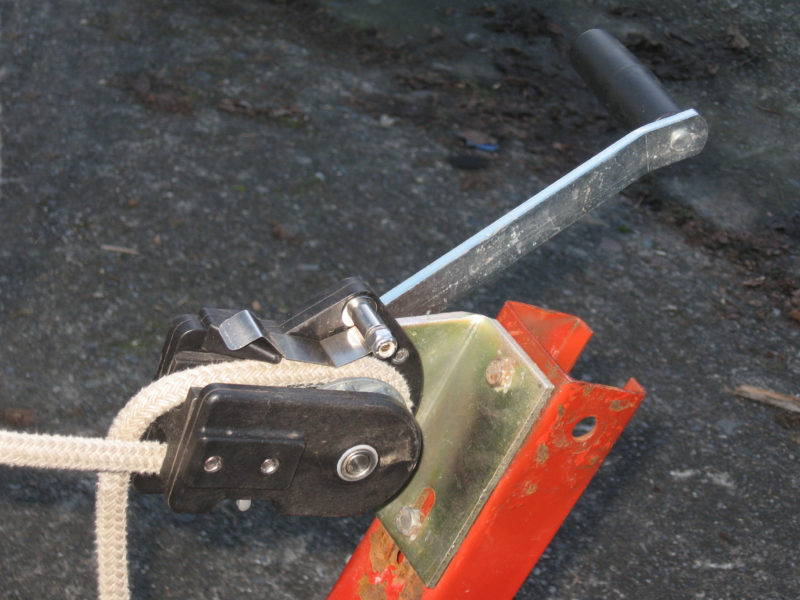
Join The Conversation
We welcome your comments about this article. To include a photo with your remarks, click Choose File below the Comment box.
Comments (3)
Comments are closed.


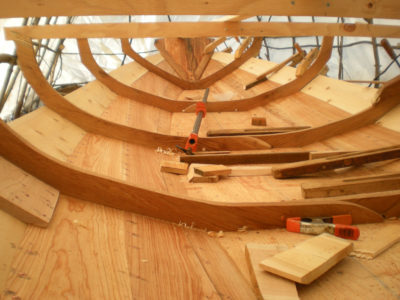


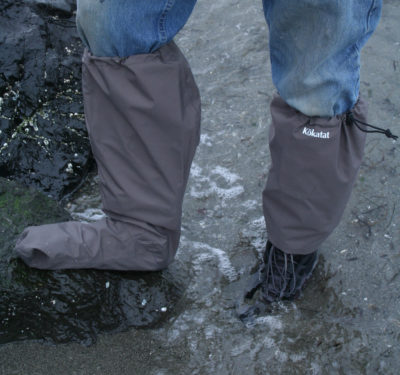
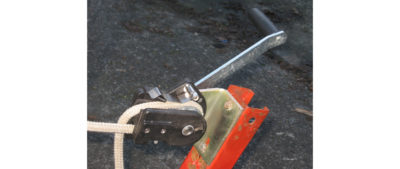

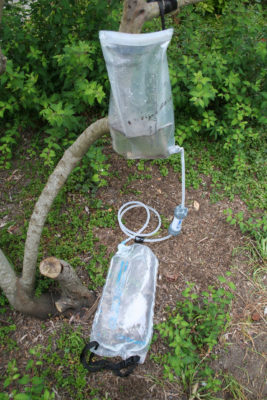
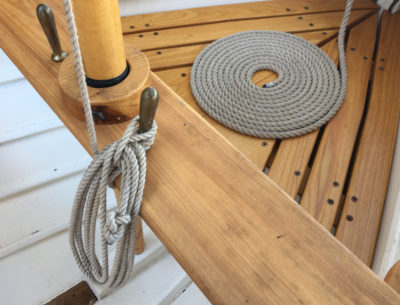
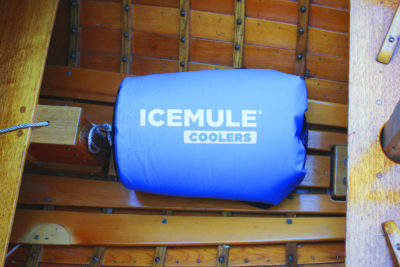

I’m due to replace the winch on my multi boat trailer and this may be a real good solution. I use webbing and over a couple of seasons the webbing gets frayed and due for replacement. What I would need to check is the size of the painters on the various boats that use the trailer. I’d be inclined to have a spare bit of line handy in case I am working with a boat that doesn’t have a painter that works. I’m going to check it out.
Try installing the teflon trailer guides on your bunks. They reduce friction dramatically. Just a little bit of water lubricates them to a degree that really decreases your effort. Carpet vs Teflon is no match—the guides really do work. It took me an hour to install them, and I had to have the boat off the trailer to do so, but it was an straightforward job.
Good idea! I didn’t have any Teflon in the shop but I had some scraps of slippery HDPE (high-density polyethylene). I made a jaunt to the launching ramp, floated the boat to the dock, and parked the rig. I screwed five strips of HDPE perpendicular to the centerline of the trailer bed. After taking the boat out for a couple of miles of rowing—just to take advantage of having it in the water—she slipped right back up on the trailer. It took only one hand on the winch handle to bring the boat home. Thanks, Phil!
Christopher Cunningham, Editor, Small Boats Monthly